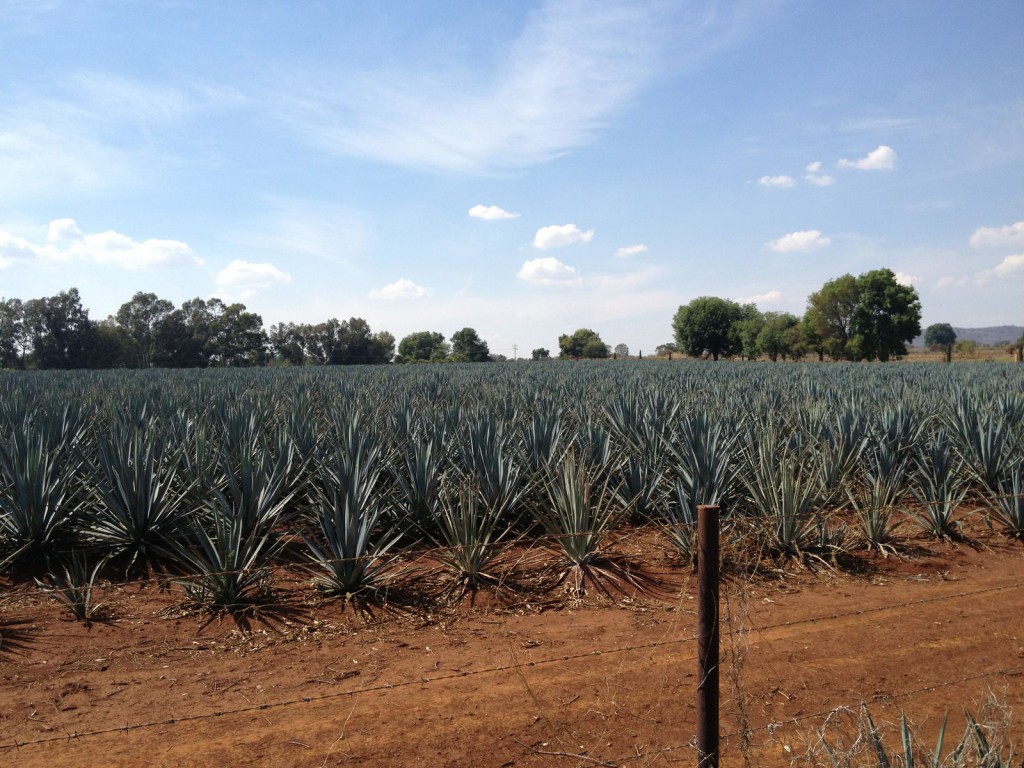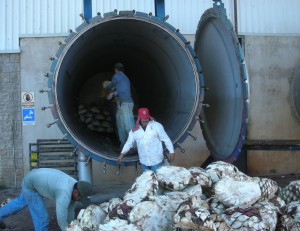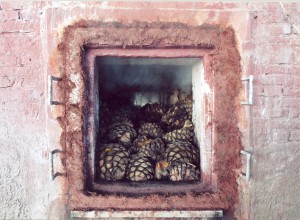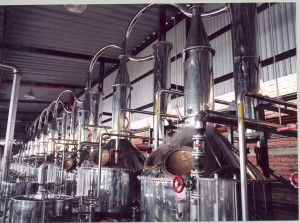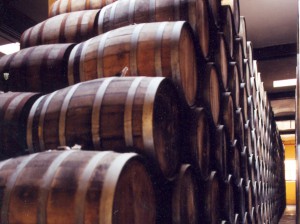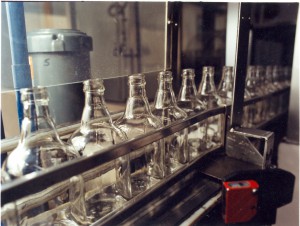Ever wonder how IZKALI tequila is made? We’ve got the answers for you!
True tequila is made from blue agave, a succulent plant found in Mexican regions. The production of tequila is divided into seven steps: harvesting, cooking, fermentation, distillation, aging and bottling. Every step is regulated by the Consejo Regulador de Tequila, ensuring that general guidelines are followed to guarantee maximum quality. Each distillery has its own source of agave, processes, quality control and techniques that will affect each tequila’s taste.
Step 1 – Harvesting
The planting, tending and harvesting of the agave plant remains a manual effort that relies on centuries-old know how that has been passed down from generation to generation. The agave used in IZKALI’s tequila is grown in the distillery’s own fields which have been cultivated for three generations. The plants grow in neat rows for six to ten years and are meticulously tended until they are ripe and ready to harvest.
The harvester, or “Jimador” removes the agave leaves with a sharp curved tool called a Coa. He trims the 200 plus leaves that protect the heart or piña of the agave until the whole heart is extracted from the ground. Only the heart, or “piña,” of the agave plant is used to make tequila. Mature piñas weigh in between a hefty eighty and three hundred pounds; however, the size of the agave heart is not nearly as important as its sugar content. The older the agave, the longer the piña will have to accumulate the starches that will convert into fermentable sugars. Approximately, 15 pounds of agave piñas are required to produce one liter of delicious tequila.
Step 2 – Cooking
During this step, steam injection within traditional brick ovens or stainless steel autoclaves is used to activate a chemical process within the piña that converts complex carbohydrates into simple fermentable sugars. Cooking also softens the piña, making the process of sugar extraction easier.
Step 3 – Extraction
Once cooked, the agave heads are transported to a milling area for sugar extraction. The cooked piñas are crushed in order to release the juice, or “aguamiel,” that will be fermented. The traditional method is to crush the piñas with a “tahona,” a giant grinding wheel operated by mules, oxen or tractors within a circular pit. Modern distilleries now use a mechanical crusher to separate the fiber from the juices. Once the piñas are minced they are washed with water and strained to remove the juices.
Step 4 – Fermentation
During the fermentation process the sugars are transformed into alcohol within large wooden vats or stainless steel tanks. Yeast may be added to accelerate and control the fermentation. Traditionally, the yeast that grows naturally on the agave leaves is used; however, today many distilleries use a cultivated form of wild yeast. Fermentation typically takes seven to twelve days, depending on the method used.
Step 5 – Distillation
The fifth step of creating tequila is distillation, in which ferments are separated by heat and steam pressure within stainless steel pot stills or distillation towers. While some tequilas are distilled three times, the majority are only distilled twice, including IZKALI Tequila. The first distillation, also known as “deztrozamiento” or “smashing,” takes a couple hours and yields a liquid with an alcohol level of about 20% known as “ordinario.” The second distillation, known as “rectification,” takes three to four hours and yields a liquid with an alcohol level near 55%. After the second distillation the tequila is considered silver, or “blanco,” tequila.
Step 6 – Aging
Almost all containers used in tequila aging are French or American white oak barrels that have previously been used to age bourbon. Reposados are aged between two and twelve months, Añejos are aged between one and three years and Extra Añejos are aged for over three years. The longer the tequila ages, the more color and tannins the final product will have. The condition of the barrels (such as their age, previous use and if their interiors have been burnt or toasted) will also affect the tequila’s taste.
Step 7 – Bottling
Like champagne, tequila is assigned an Appelation of Origin status, which limits production to five Mexican states: Guanajuato, Jalisco, Michoacán, Nayarit, and Tamaulipas. The state of Jalisco is very proud to be the center of Tequila production. It is the only state that as a whole has the status of Appellation of Origin. It is considered the place where tequila was first made and where the standards are defined. The other states are only permitted to grow Blue Agave in small and defined regions. All 100% agave tequilas must be bottled in the designated Mexican regions and must bear on their labels “Hecho en Mexico / Made in Mexico.” Non-100% agave tequila, or “mixtos,” can be sold and bottled anywhere throughout the world.
The combination of many factors—both environmental and human—that take place within each of the seven steps give each brand of tequila its unique taste. IZKALI works closely with its distillery for its delicious and distinctive flavor.


